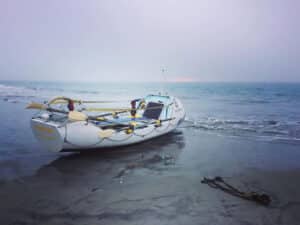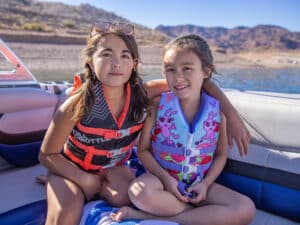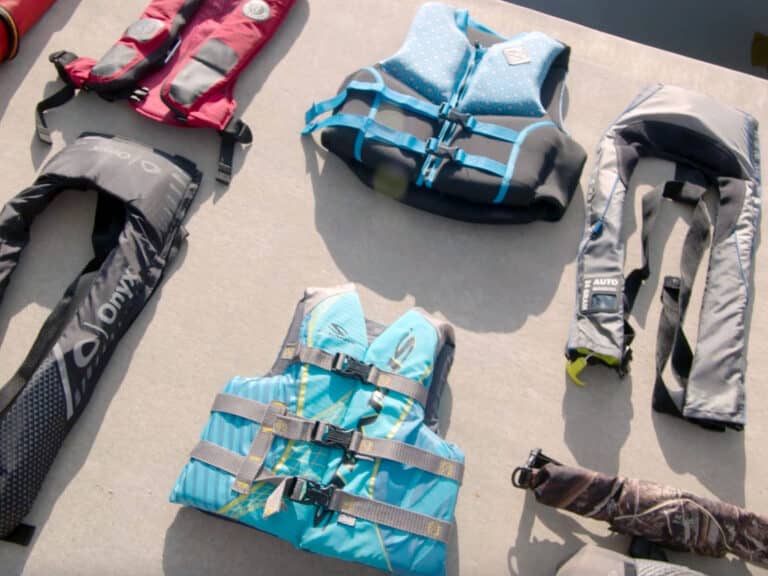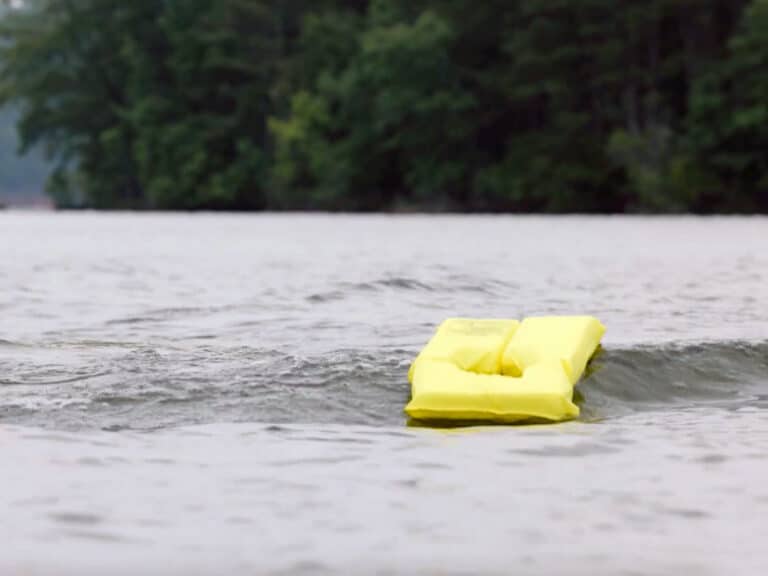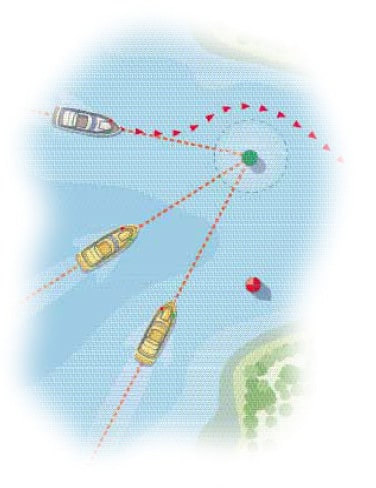
My father was an old-school boater. He found his way by watch, compass and a modicum amount of hull and prop dings. In fact, in the time before electronics were the norm aboard most boats, many of the rocks bracketing our harbor’s entrance supposedly had more bottom paint on them than the boats moored inside. That being the case, I was taught early on to use “the cushion.”
Using the cushion meant steering purposely wide of a waypoint when you’re unsure of hazards or other boats in order to avoid hazards that lie along the straight line between your position and that destination. In this case, I’d aim for the blue house on the hill when coming in from the northwest and maintain that line until the channel marker was 50 feet abeam. Clear of the boulder field, I could then safely turn toward the launch.
A graduate cum laude of the school of hard knocks, Dad probably didn’t know that his cushion technique is a simplified version of what professional mariners know as “danger bearings.”
Fast-forward to the present. GPS chart plotters are affordable, available and reliable. Every boater willing to part with as little as a hundred bucks can navigate to within 10 feet of any place on the face of the Earth. But despite all that, those rocks near the harbor are still smudged with paint, due to the smart-bomb accuracy that modern electronics provide.
Running directly to — and arriving precisely at — an aid to navigation (ATON) isn’t always the best idea. Consider a rainy night during which several GPS-equipped boats approach the same buoy or marker at the same time. While GPS decreases the chances that any of those boats will leave the channel and run aground, the risk of two or more of these converging vessels colliding as they head for exactly the same spot is increased because most boaters, myself included, use buoys as waypoints. This unintended consequence of electronic precision is the reason I’m calling for GPS-equipped boaters to use danger bearings, or a cushion, when using ATONs as waypoints during periods of reduced visibility. I’ve even penned a rhyming slogan to promote the cause:_ Steer Wide — Don’t Collide_.
The process is simpler than pronouncing the word “mnemonic.” Continue to store the buoys and markers in your machine at their actual location. When using the cushion, you want a precise point of reference, not a precise point of arrival. Then, if you have a plotter, it’s simply a matter of placing your cursor wide of the mark but still within the bounds of the channel, and heading for that point instead of the actual marker where everyone else is headed. Point and shoot.
It takes a little more work if your navigator is a simple GPS without a chart, but it’s still pretty easy. Make a waypoint next to the marker — one that’s a safe distance away, but not so far as that you might run onto a shoal. You can check the distance between the mark and your new cushion point using the “Route” or “To-From” feature of your unit. Since prudent skippers always have paper charts aboard, using them in concert with this technique is a no-brainer.
If the channel is too narrow to stay wide of the waypoint, you can always use a cushion to stop short of the marker. In either case, proceed only as fast as visibility permits and stop, look and listen for other vessels when heading toward a buoy in poor visibility. These days, it’s likely another GPS-equipped boat is heading for the exact spot you are.
The U.S. Coast Guard is asking all boat owners and operators to help reduce fatalities, injuries, property damage, and associated healthcare costs related to recreational boating accidents by taking personal responsibility for their own safety and the safety of their passengers. Essential steps include: wearing a life jacket at all times and requiring passengers to do the same; never boating under the influence (BUI); successfully completing a boating safety course; and getting a Vessel Safety Check (VSC) annually from local U.S. Coast Guard Auxiliary, United States Power Squadrons(r), or your state boating agency’s Vessel Examiners. The U.S. Coast Guard reminds all boaters to “Boat Responsibly!” For more tips on boating safety, visit www.uscgboating.org.



